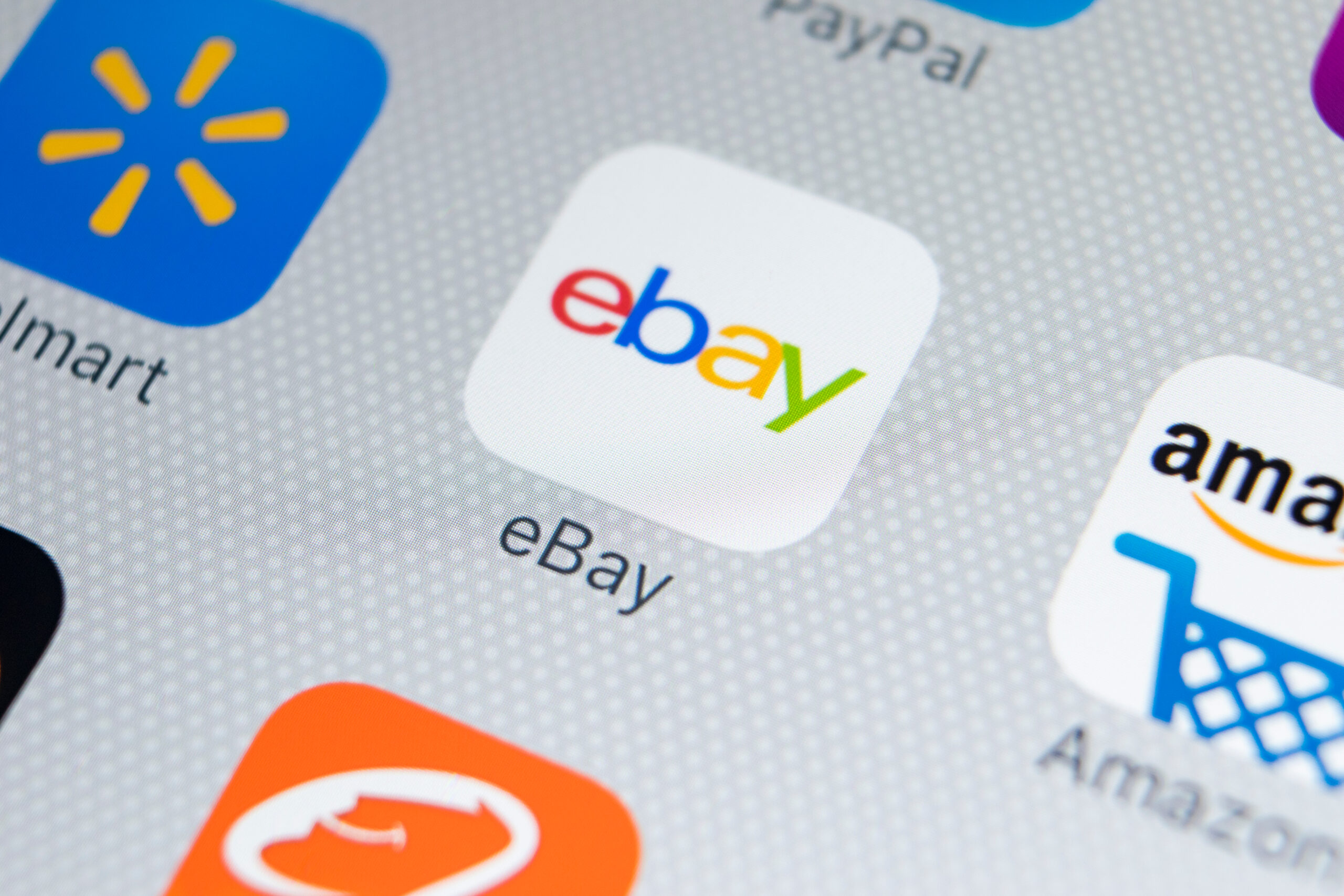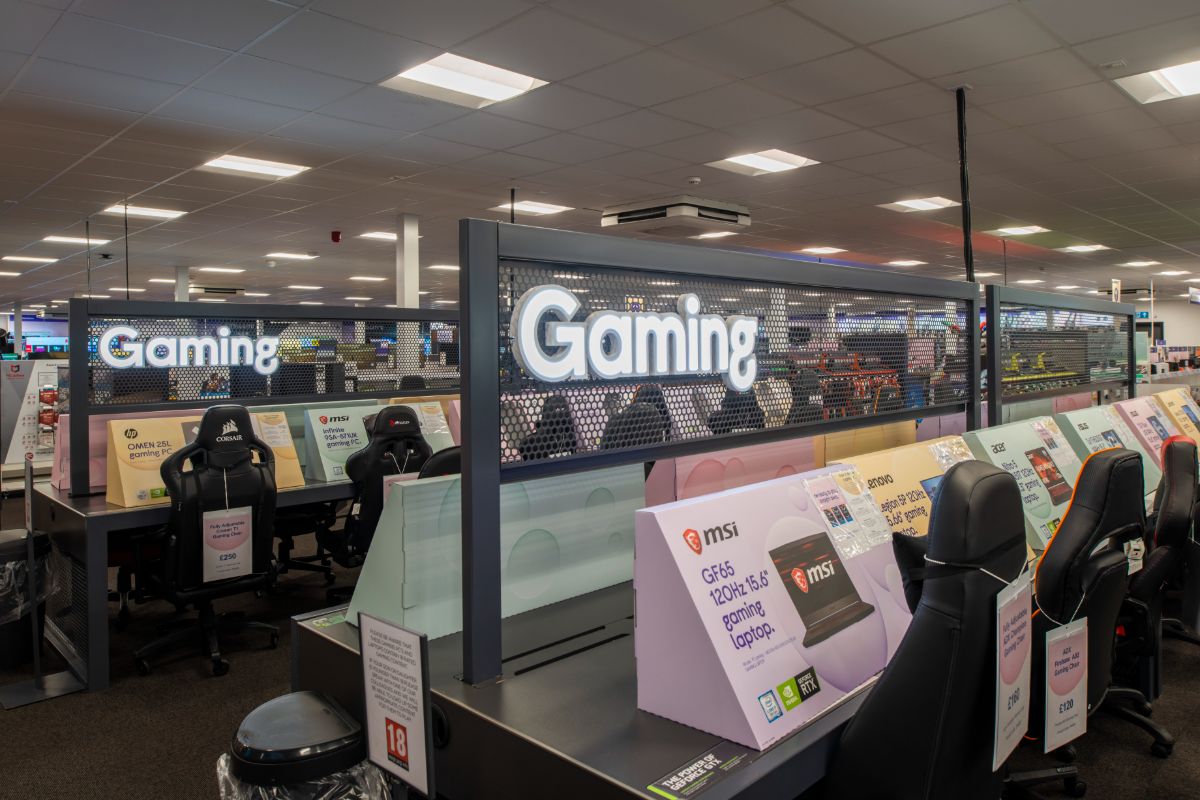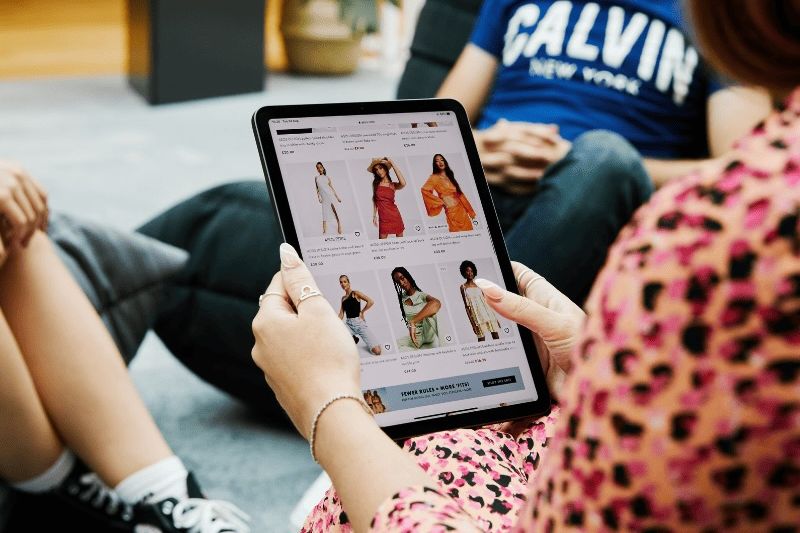As a regular reader of Internetretailing.net you can’t have escaped the growing emphasis on mobile payments. But how do you get them to work for your business – and which of the many do you choose? Here Trevor Vagg, director at Kantar Media offers some advice.
Mobile payment seems a simple concept compared with some of the more unusual emerging technologies. After all, exhibits at this year’s Consumer Electronics Show ranged from mind-reading wearables and autonomous passenger drones, to calorie counting food scanners, all promising to transform the way we work, shop and live.
But the world’s biggest retailers are investing big in mobile payment technology. Amazon has just been granted a patent for ‘image analysis for user authentication,’ a system in which shoppers would wink at a camera to verify a payment on their smartphone. And last year Mastercard began a trial of similar technology – the aptly named ‘Selfie Pay’ – that allows shoppers to pay by taking a photograph of themselves.
This might be a few years down the line for mobile payment, but retailers need to think seriously about how they deal with a technology that’s at a tipping point in adoption. In particular, they should tailor their approach to different audiences to use mobile payment as a competitive differentiator.
Early adopters
Kantar Media data shows that mobile payment users are currently a relatively small cohort – just 3% of the population. But the mobile payment market is at a tipping point. New offerings from Samsung Pay and Android Pay will join Apple Pay and Barclay’s BPay in the market in the next year, giving retailers and users a wider choice of mobile payment methods and increasing competition in the sector.
More significantly, by using Kantar Media propensity modelling (a statistical technique used to predict likely consumer behaviour), we know that the market for mobile payment extends far beyond the 3% who have used the technology so far. Not only do 18% of adults state that they already have an interest in mobile payment, but a further 10% are likely to be interested, despite not yet knowing it.
The 18% of adults that are already interested are our early adopters. They are likely to be what we define as a ‘tech-hipster’ audience: young, with a relatively high disposable income, they enjoy wearing designer clothes and attach more than usual importance to whether their family thinks they’re doing well.
This group of ‘social peacocks’ already own the technology needed to make mobile payment and are likely to be quick to jump on the mobile payment bandwagon. Retailers that want to capture the interest of this audience should focus on the ‘tech spec’ of their mobile payment offering.
‘Tech hipsters’ are most likely to respond well to a technology that is presented as cutting edge or progressive; 99% of them own a smartphone, and 75% own a tablet – a far higher percentage than the population as a whole, so being ahead of the curve is important to them.
Potential prospects
It’s vital to get these early adopters on board, but it’s the next wave of uptake – the ‘potential prospects’ – that will push mobile payment into the mainstream and that retailers should be pushing hardest to get onside.
The Kantar Media ‘Futureproof’ report gives us valuable insights into who these ‘potential prospects’ are and what messages retailers should use to communicate with them. They are generally less enthusiastic about technology; for example, they are less likely to be interested in wearable tech or to keep up with developments in technology more generally. ‘Potential prospects’ also tend to find it difficult to cope on their current income, which makes them less likely to invest in new gadgets.
To engage this audience, retailers will need to emphasise the practical benefits of mobile payment. Ease and speed of purchase are important factors for those who are already accepting in principle of mobile payment, but for the more reluctant it’s important to tackle perceived downsides, such as impact on battery life and security, to encourage them to trial the technology.
And unsure consumers to dip their toe in the water of a new technology is a big step towards tapping into the magic 10%. He may never actually have uttered the words, but Henry Ford is quoted as saying that if he’d asked people what they most wanted, they would have asked him for a faster horse rather than a car. Retailers should keep this front of mind while introducing a service that will transform the face of shopping for consumers that don’t yet know it.








